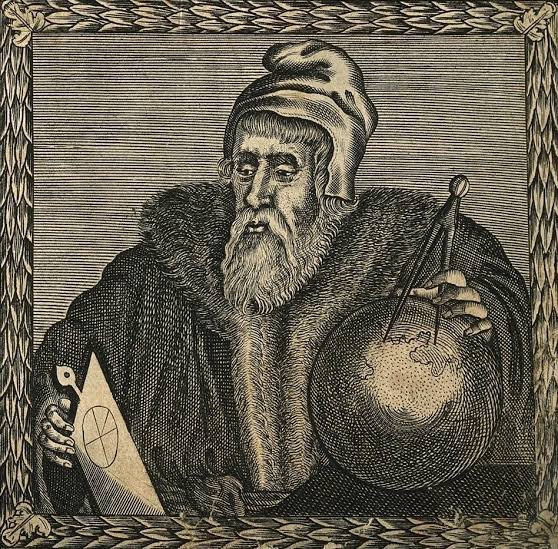Occult London: Visiting John Dee
Did you know that by just taking a short train ride from Waterloo station to Mortlake, you can visit the house of one of the most notorious occultists in English history?
Well, almost.
John Dee’s house at Mortlake no longer stands, but you can visit the church in which he was buried, right next door to the house’s original grounds. Though not of noble blood, Dee hosted all sorts of aristocrats and even royalty there during his life. He was a visionary astrologer, alchemist and occultist, pioneering the practice of black mirror scrying with his controversial ritual partner Edward Kelley, and his manor at Mortlake contained one of the finest libraries in Europe. Queen Elizabeth the First herself often approached him for advice and astrological readings, and was known to call him “her wizard”. In fact, Dee accurately used astrology to predict that Elizabeth would ascend to the throne during the reign of her sister, Mary Queen of Scots.
John Dee.
If you take the train to Mortlake station and then walk towards the river, you’ll find yourself at the former site of Dee’s house. A block of flats now stands there, conveniently named “John Dee House”, and part of the retaining wall from Dee’s original manner still stands between the flats and the Church of Saint Mary the Virgin next door. You could feel the history soaked into the bricks. While yes, it’s disappointing that Dee’s house itself no longer stands, the church next door drips with history and makes the visit well worth it, and is allegedly where he is buried.
The original boundary wall to Dee’s house.
Attached to the church on one side as you go in, you’ll see what looks very much like an Elizabethan Manor House; a square and stocky construction with red bricks, ivy up the walls, and mullioned diamond-glass windows (see below). This, to me, is as an accurate a representation of Mr Dee’s house as we could hope for in the modern day. The church itself has an old and authoritative presence, with an ancient and overgrown graveyard full of thick-trunked trees surrounding the gates as you enter. The church’s doors are heavy things of dark wood and iron, and as you walk into the clocktower you can feel the coolness held by the thick stone walls.
An approximation of Dee’s former house.
While there has been a church on the grounds for a long time, it has moved slightly from its original position. The interior was very peaceful to explore, and included a small exhibition of archeological findings that have been excavated from the grounds. While inside, I had a brief chat with a warden who pointed out Dee’s memorial plaque, and told me that they now know that Dee’s burial place is somewhere underneath the Lectern, towards the altar side of the church. He also recommended a rather interesting podcast about Dee’s life and work, which I’ve linked below if you’d like to find out more.
The plaque honouring Dee within the church.
Aside from making a pilgrimage to see Dee’s plaque itself, I most enjoyed looking around the preserved 16th century graveyard outside the church. The church itself has moved from its 16th century site, leaving behind just one free-standing stone archway in the middle of the graveyard that looks like an otherworldly portal, ready to transport you Somewhere Else. I discovered the grave of another astrologer here, one John Partridge, who’s grave is coincidentally the oldest of the plot.
A whimsical churchyard for exploration.
John Dee himself is a complex character; an extremely learned and talented occultist, astrologer, alchemist, cartographer and statesman, he was nonetheless taken in by the manipulations of Edward Kelley and faced hardship and poverty towards the end of his life. As I walked along the riverbank in the site of his former grounds, I could envision him standing there and looking out wistfully over the swaying willow trees, an explorer contemplating new worlds waiting to be discovered. It was a profound experience to visit.
Learn more:
The Rest is History podcast ep on John Dee: https://www.youtube.com/watch?v=MBxAxOvZ9eU






